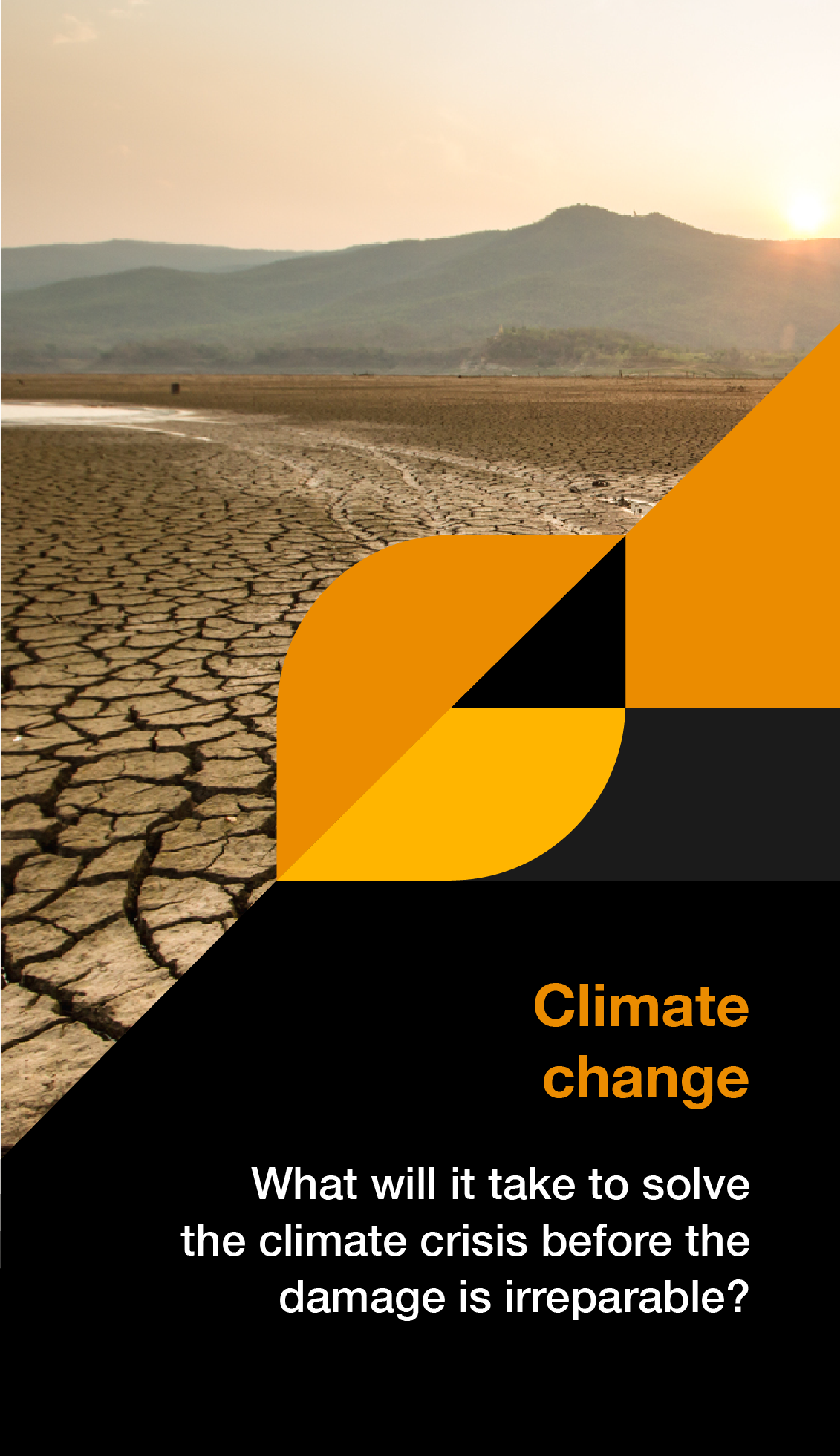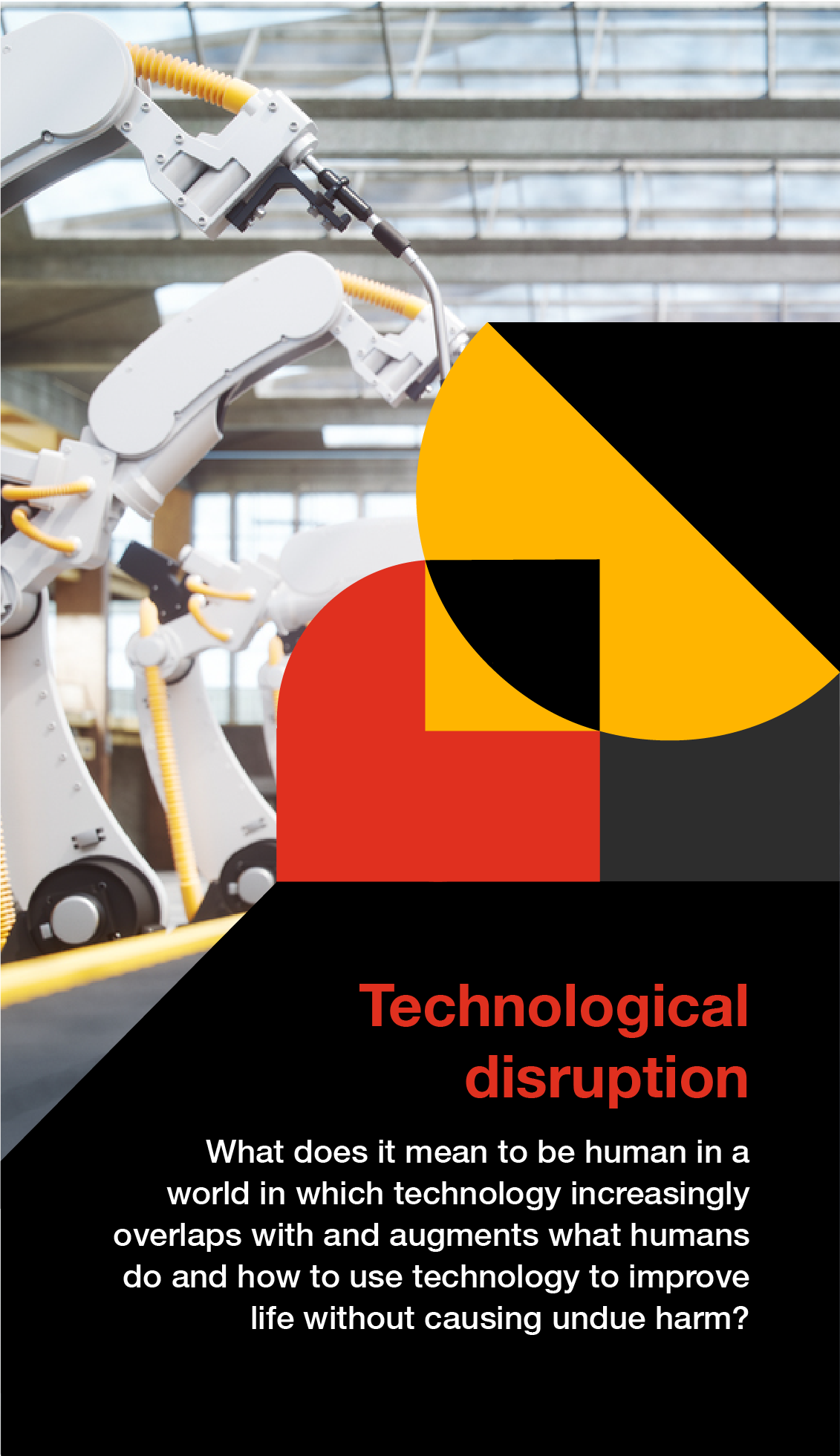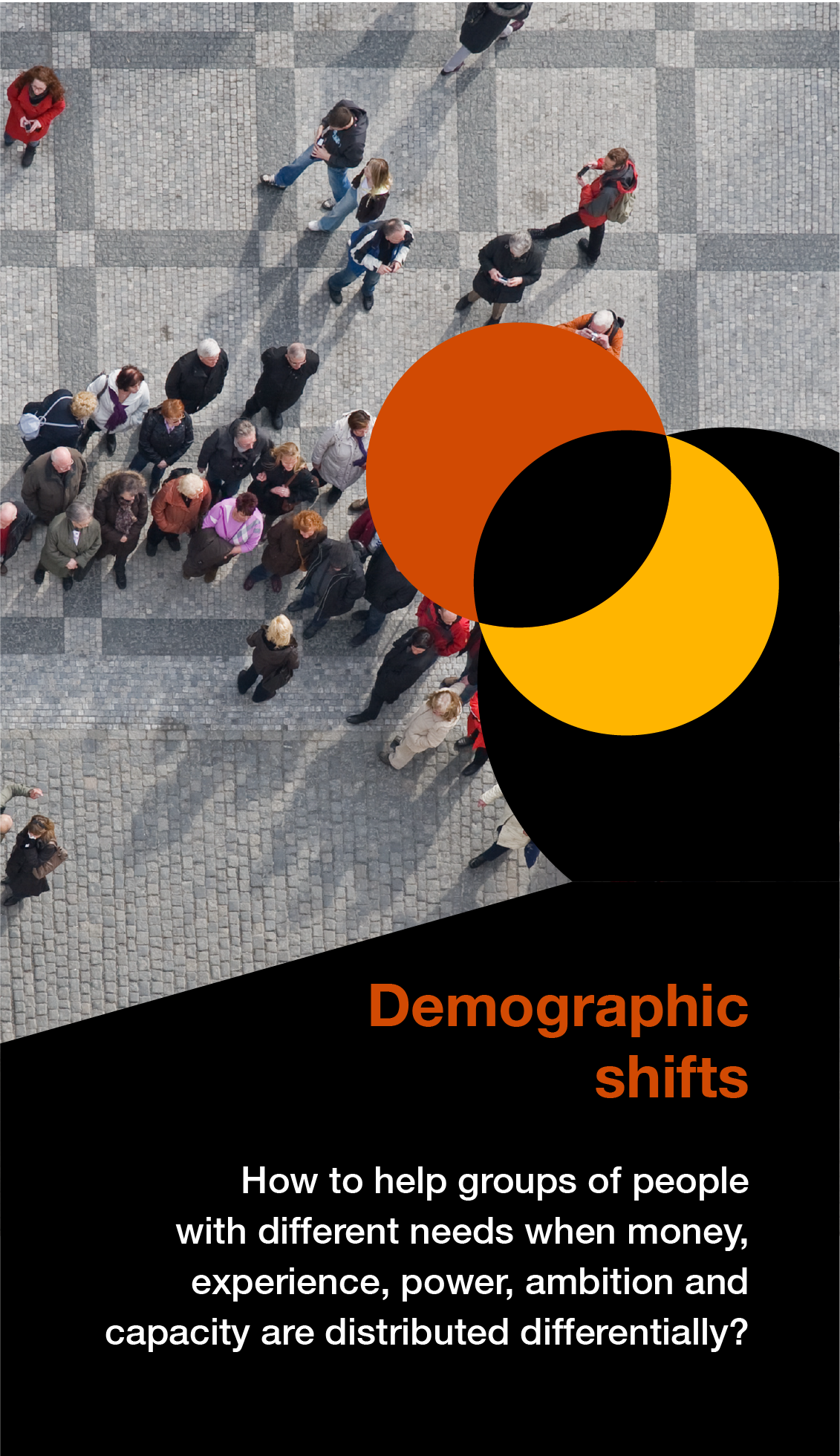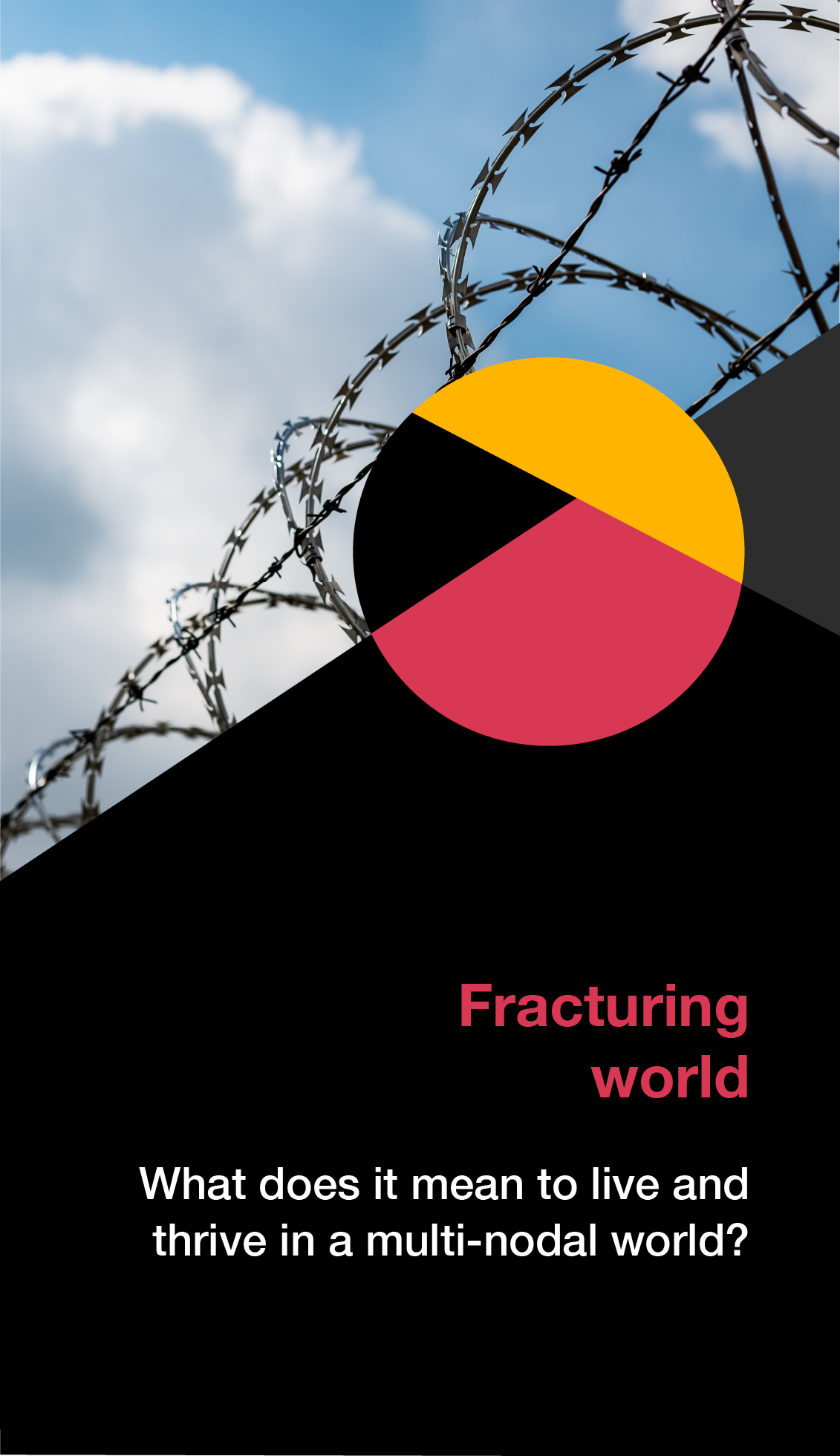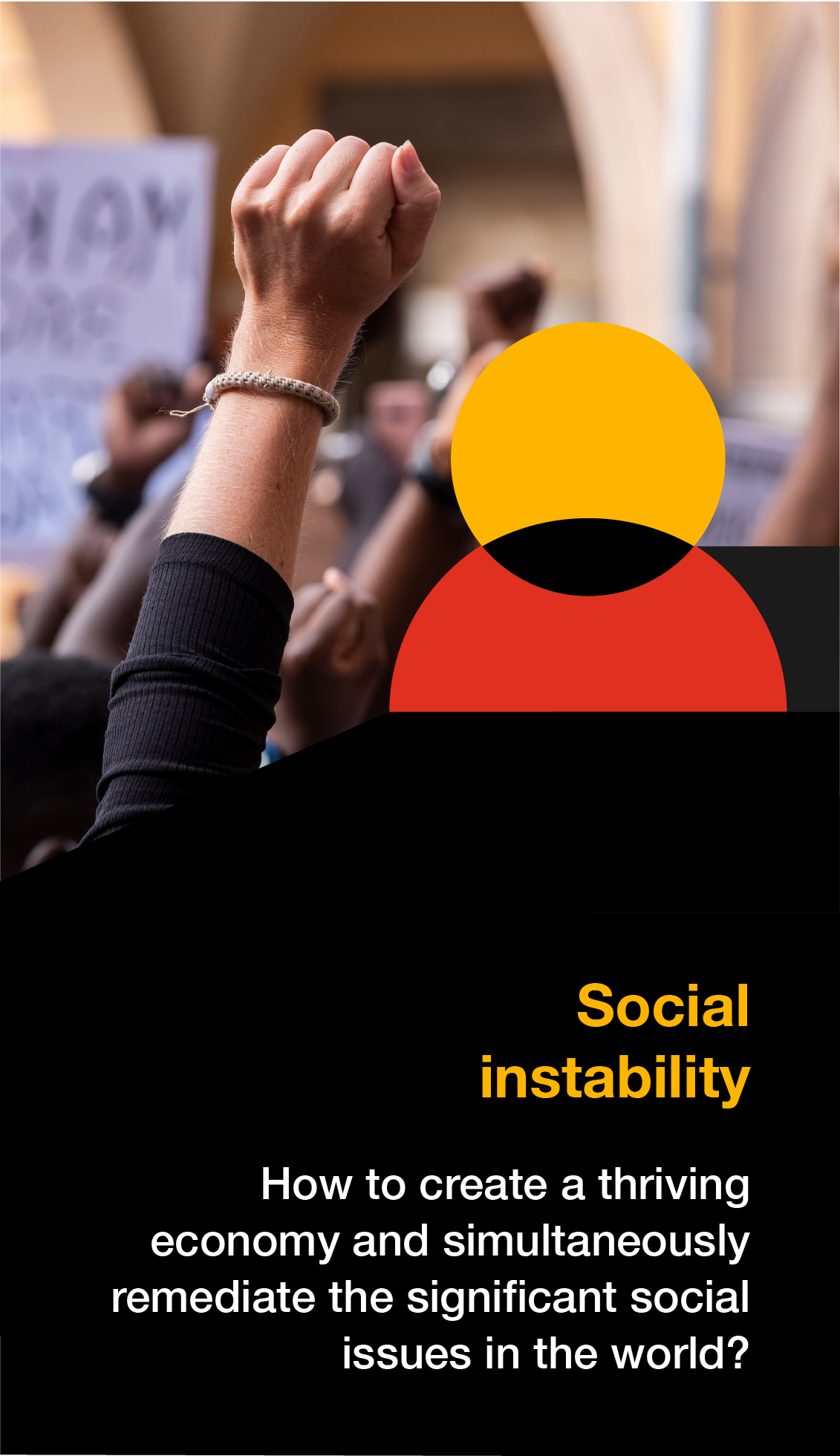Revisiting the Megatrends
Almost a decade has passed since the PwC network identified five Megatrends, which we characterised as deep and profound trends, global in scope and long-term in effect, touching everyone on the planet and shaping our world for many years to come. It is now clear that these Megatrends have transformed our world even faster than we predicted. Largely this is due to the interaction between the trends, which has turbocharged both the speed and pervasiveness of change.
While the Megatrends have been unfolding, they have also evolved, and the way they are manifesting today has shifted compared to ten years ago.
We have revisited the Megatrends to understand how they have changed, what future they may create in 2030, and what questions they will present to humanity.

"A decade ago, many people thought there was time to address the Megatrends in a leisurely way. But it has become obvious that is far from true. The Megatrends are coming at the world like a freight train, and they are creating more numerous and more acute crises, year after year. There's unlimited potential if humanity comes together to address the Megatrends, but we must act now."
The five Megatrends have already and will continue to change the world for many years to come. Each one of them implicates existential questions and has the potential to bring humanity to a tipping point. But it’s the interaction between these Megatrends that makes them particularly hard to deal with. Each Megatrend is exacerbating the social challenges the world faces, and the magnitude of the social challenges makes it difficult for societies to come together and fight the negative effects of climate change, technological disruption, demographic shifts, and a fracturing world.
There is no equivocating: Humanity is in a race against time.
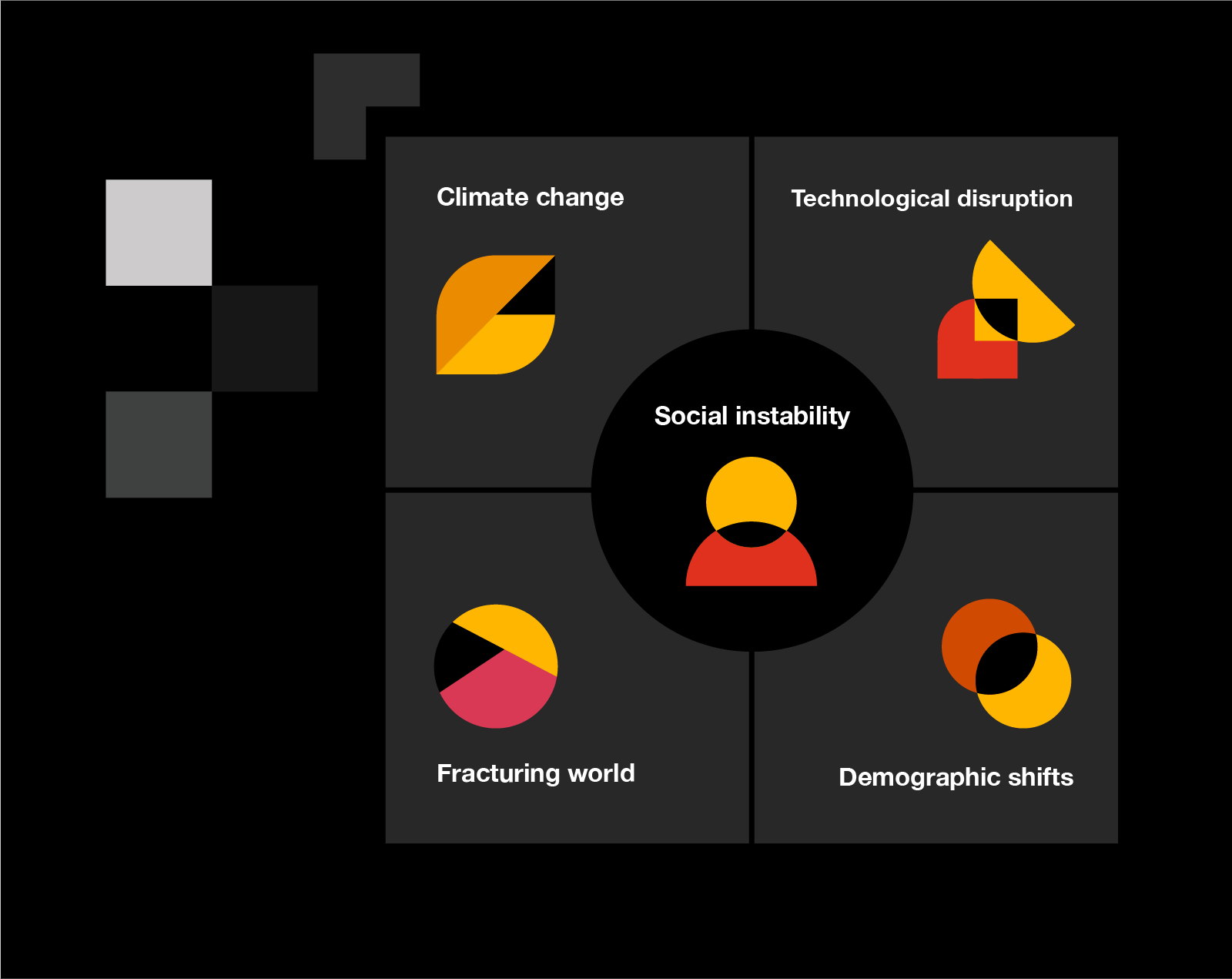
Contact us
Aslıhan Dellaloğlu Karacalı
Marketing and Communications, Director, PwC Türkiye
Tel: +90 212 326 6570





